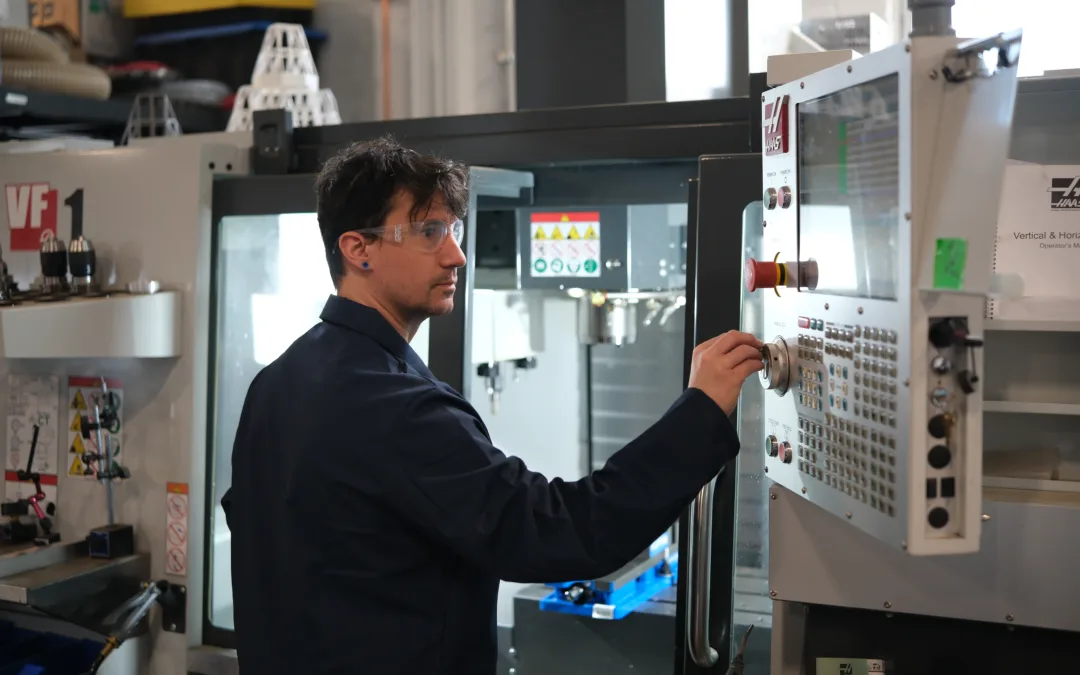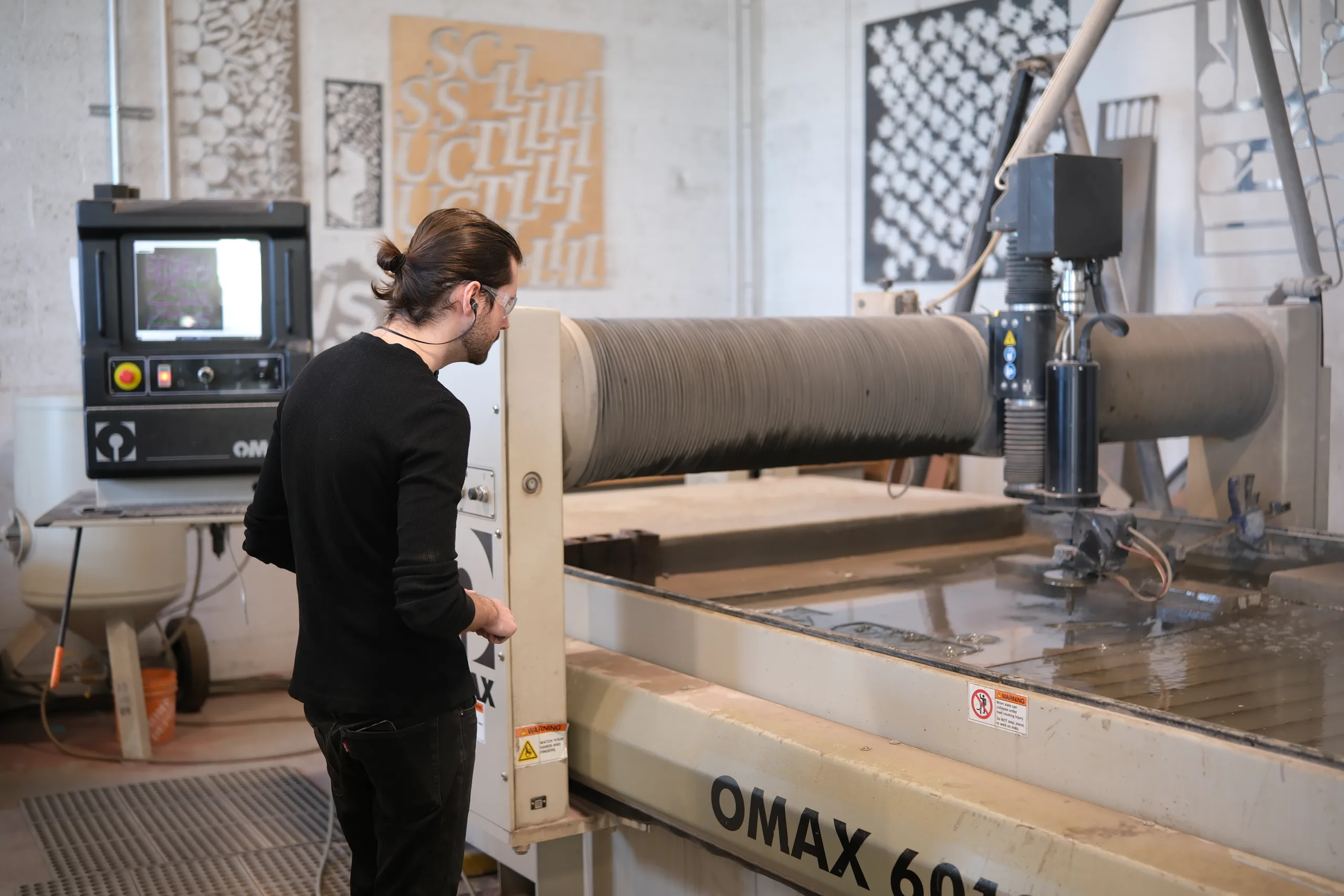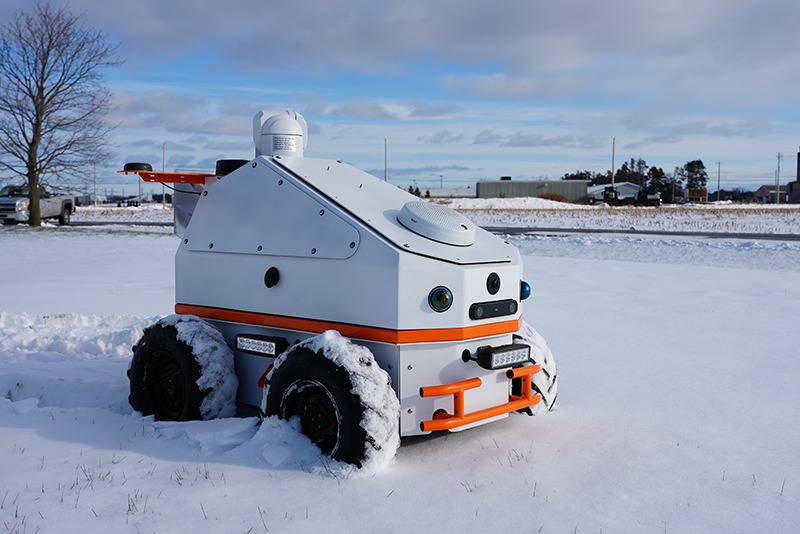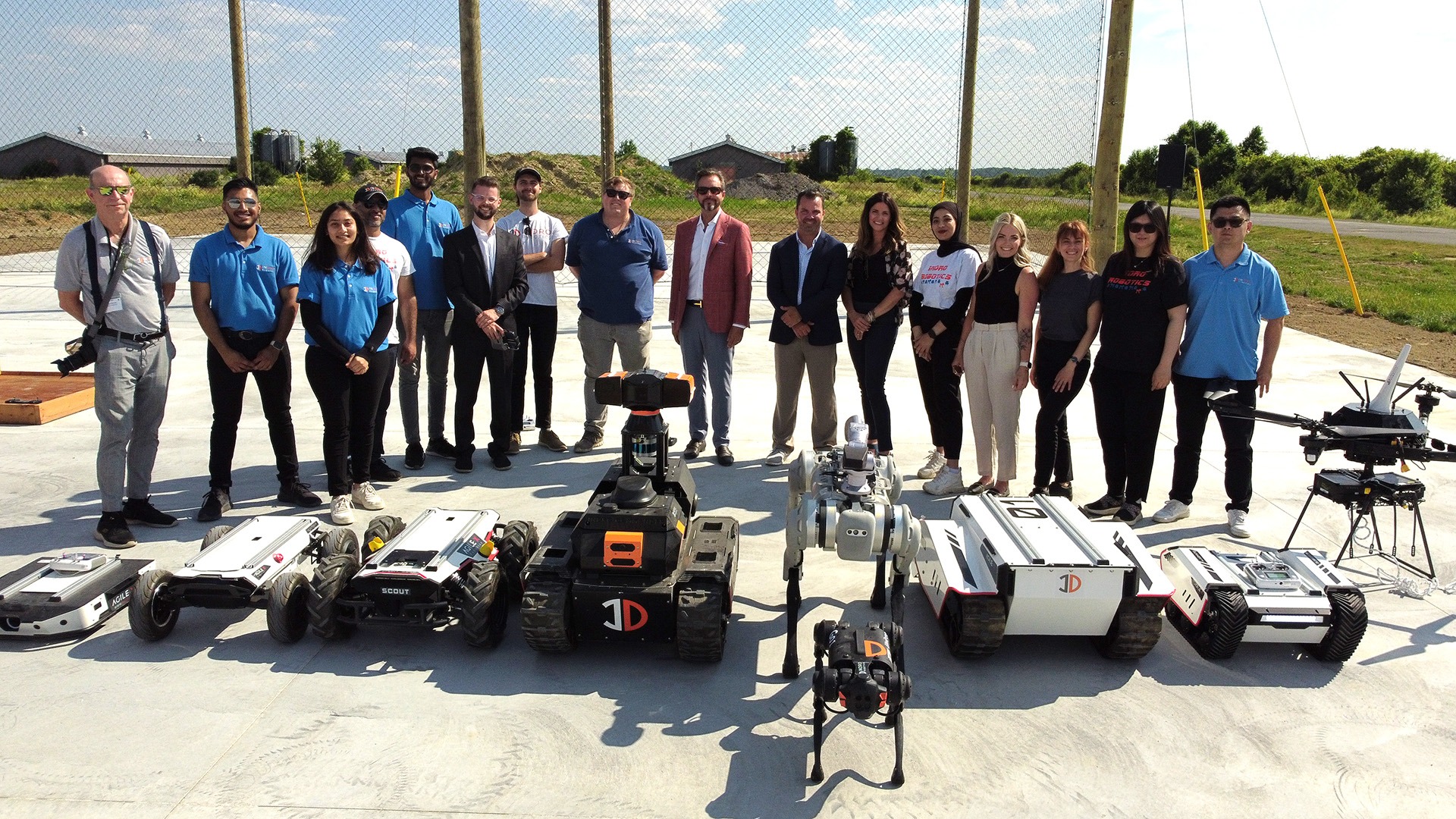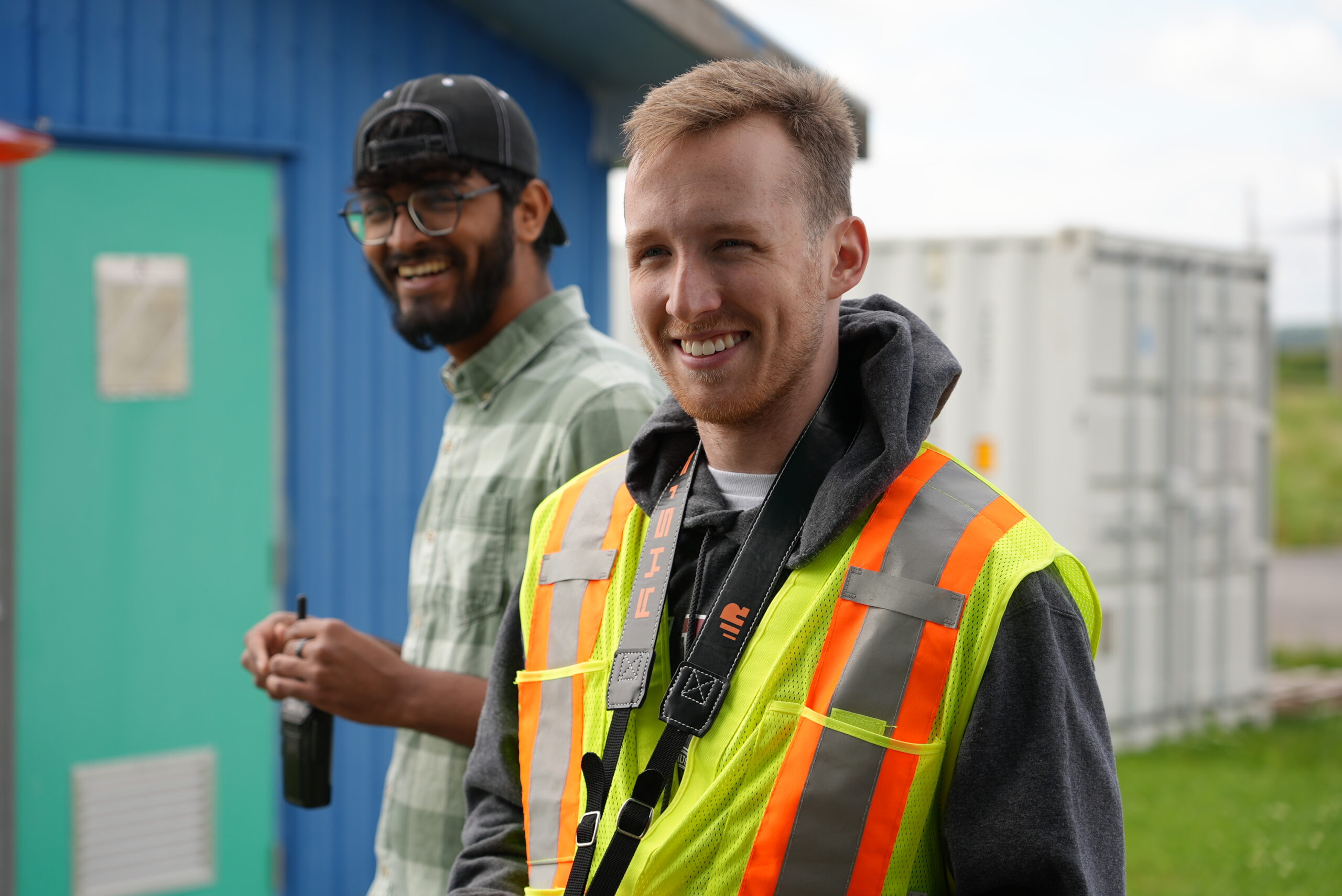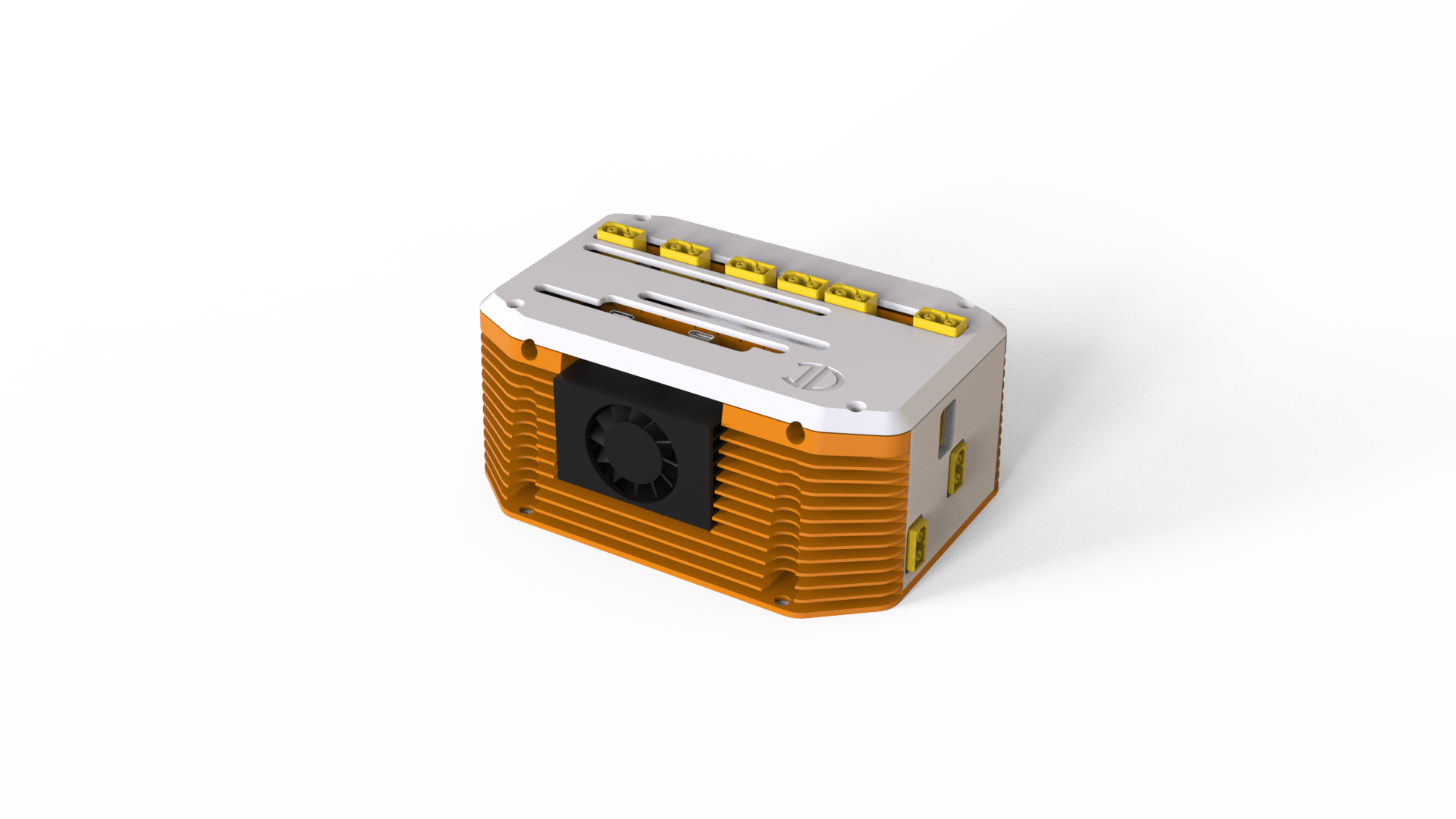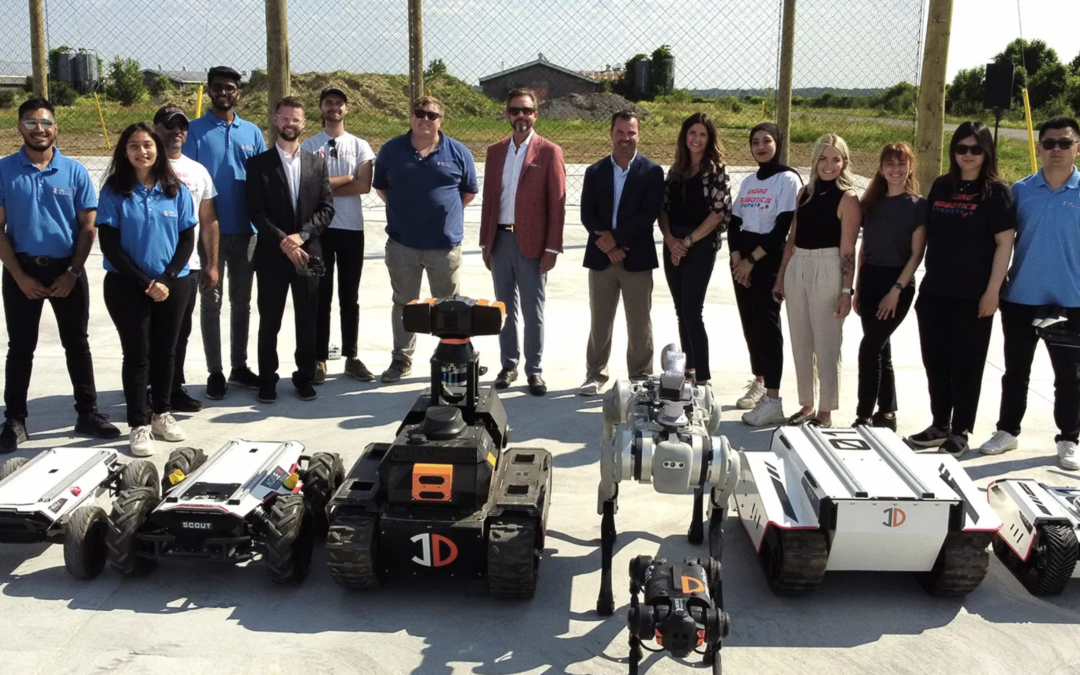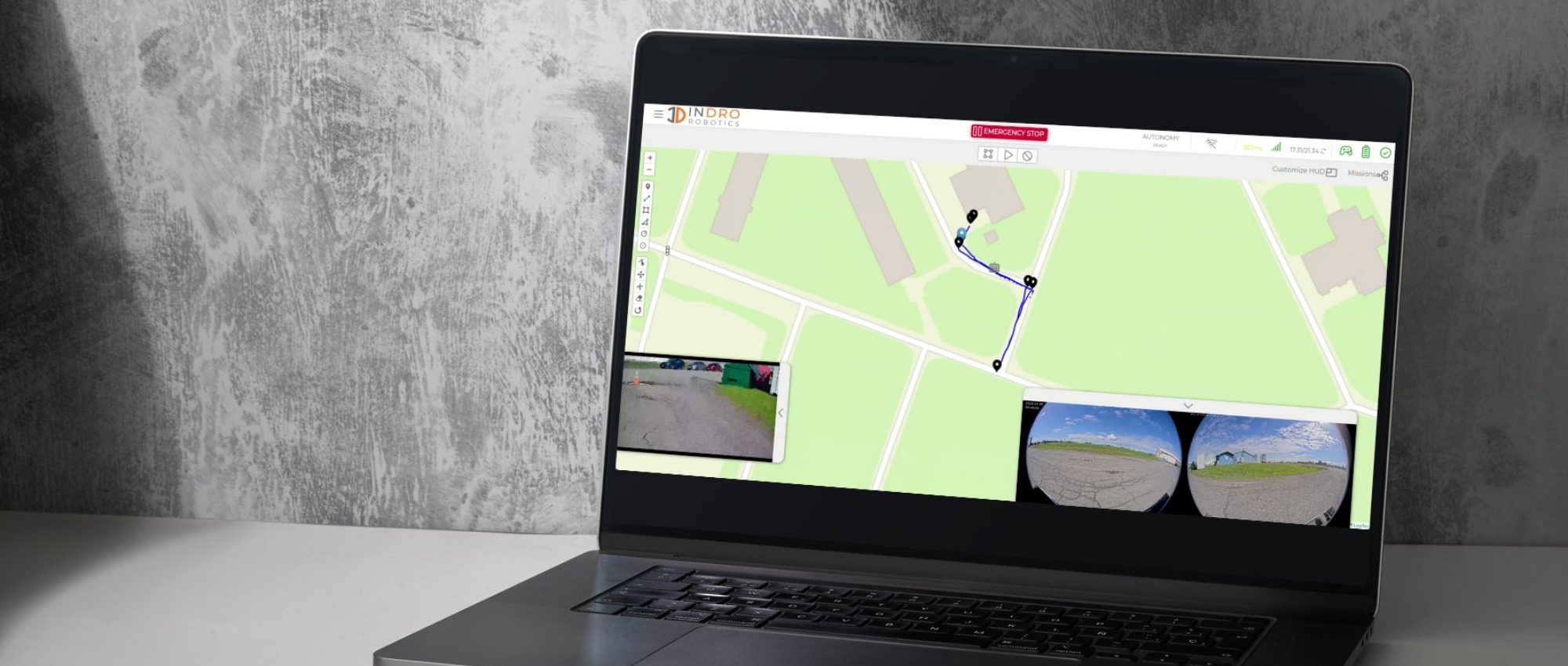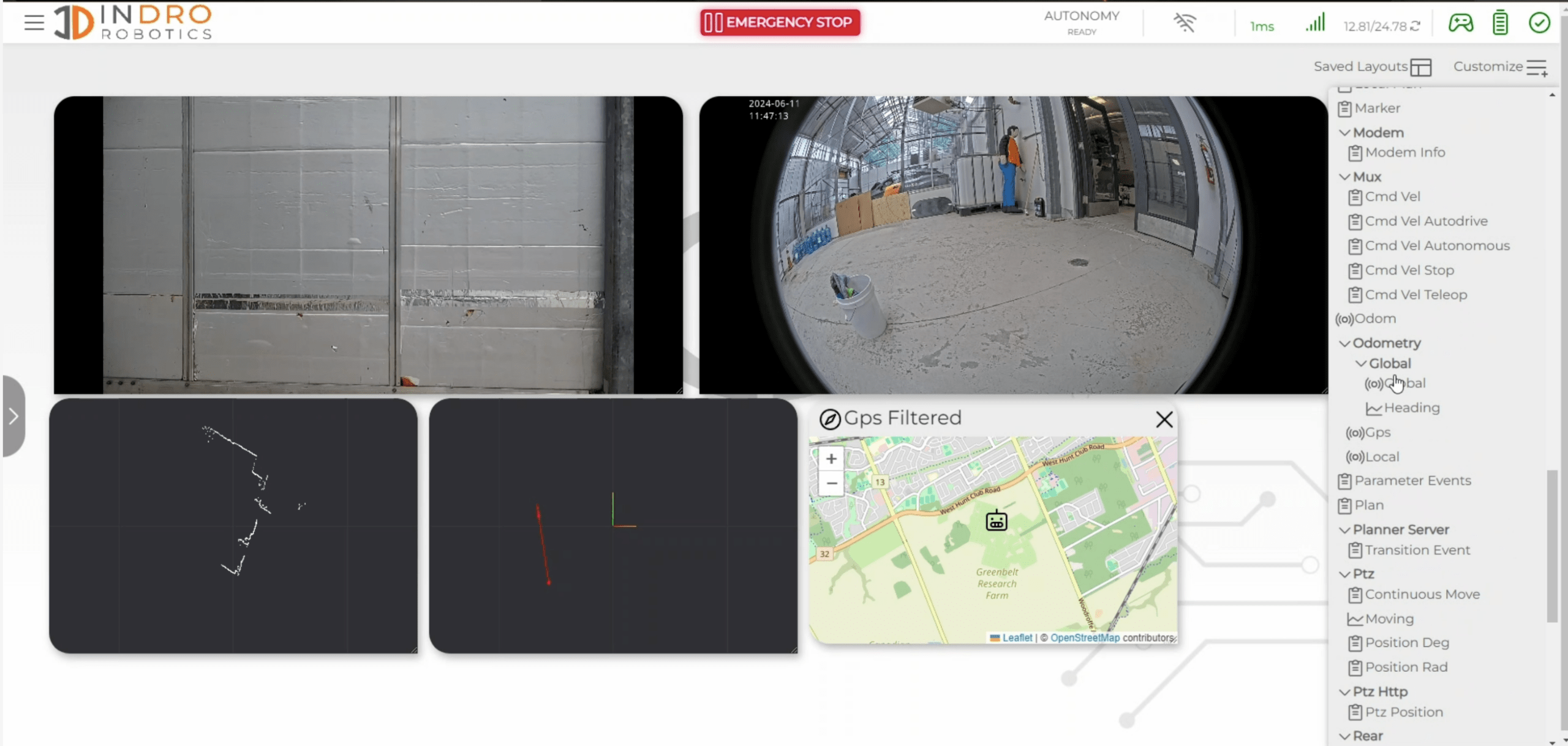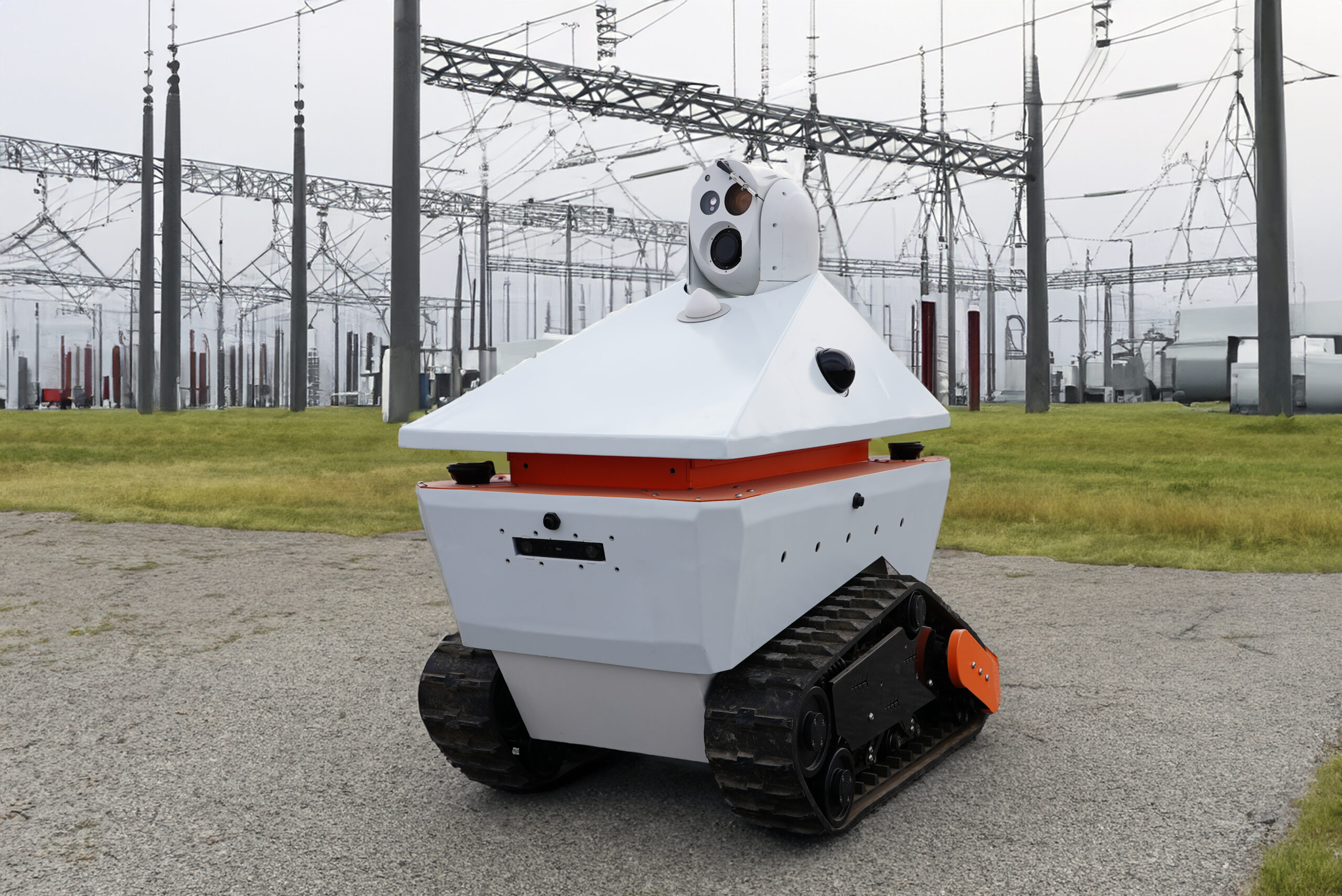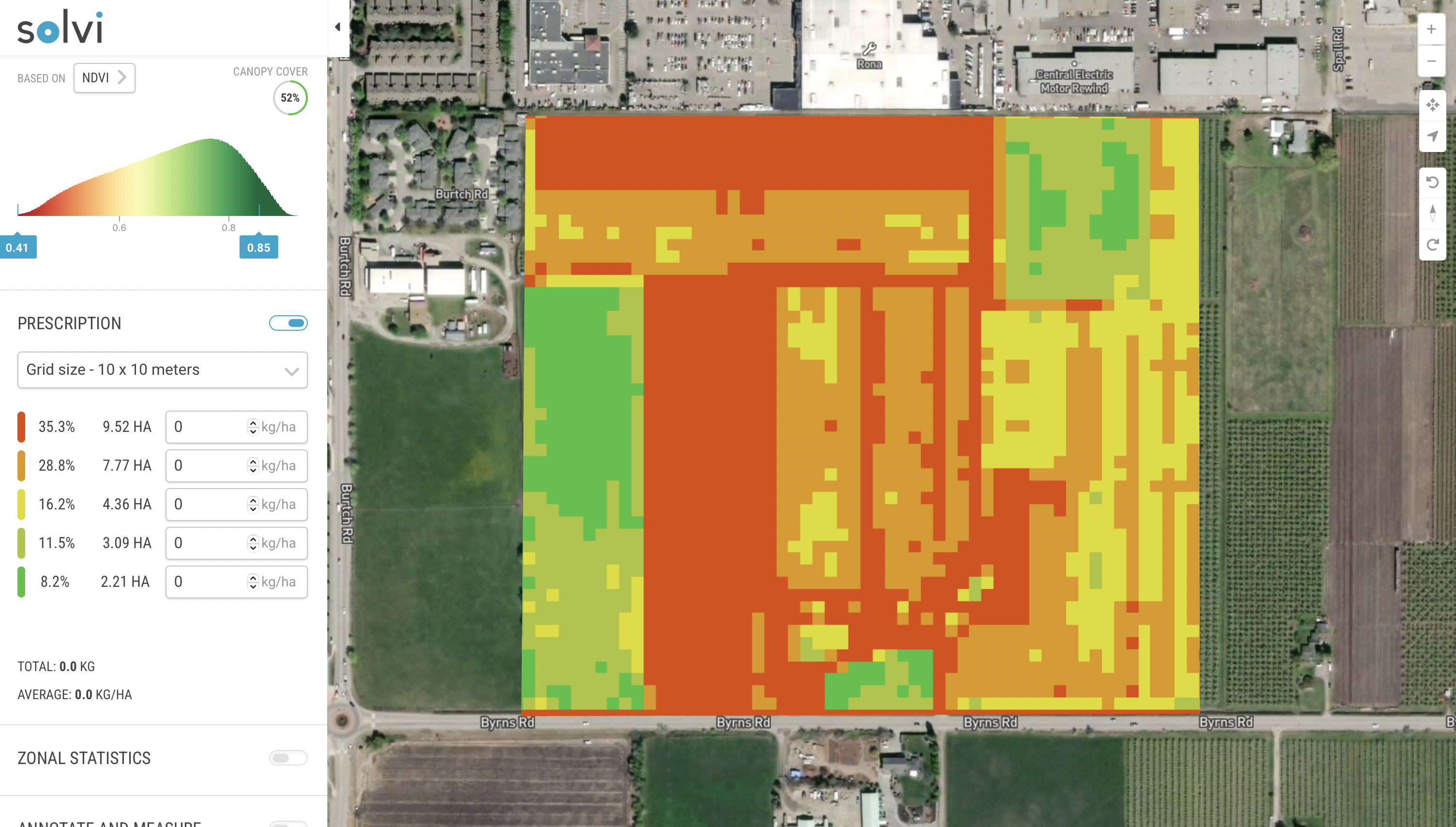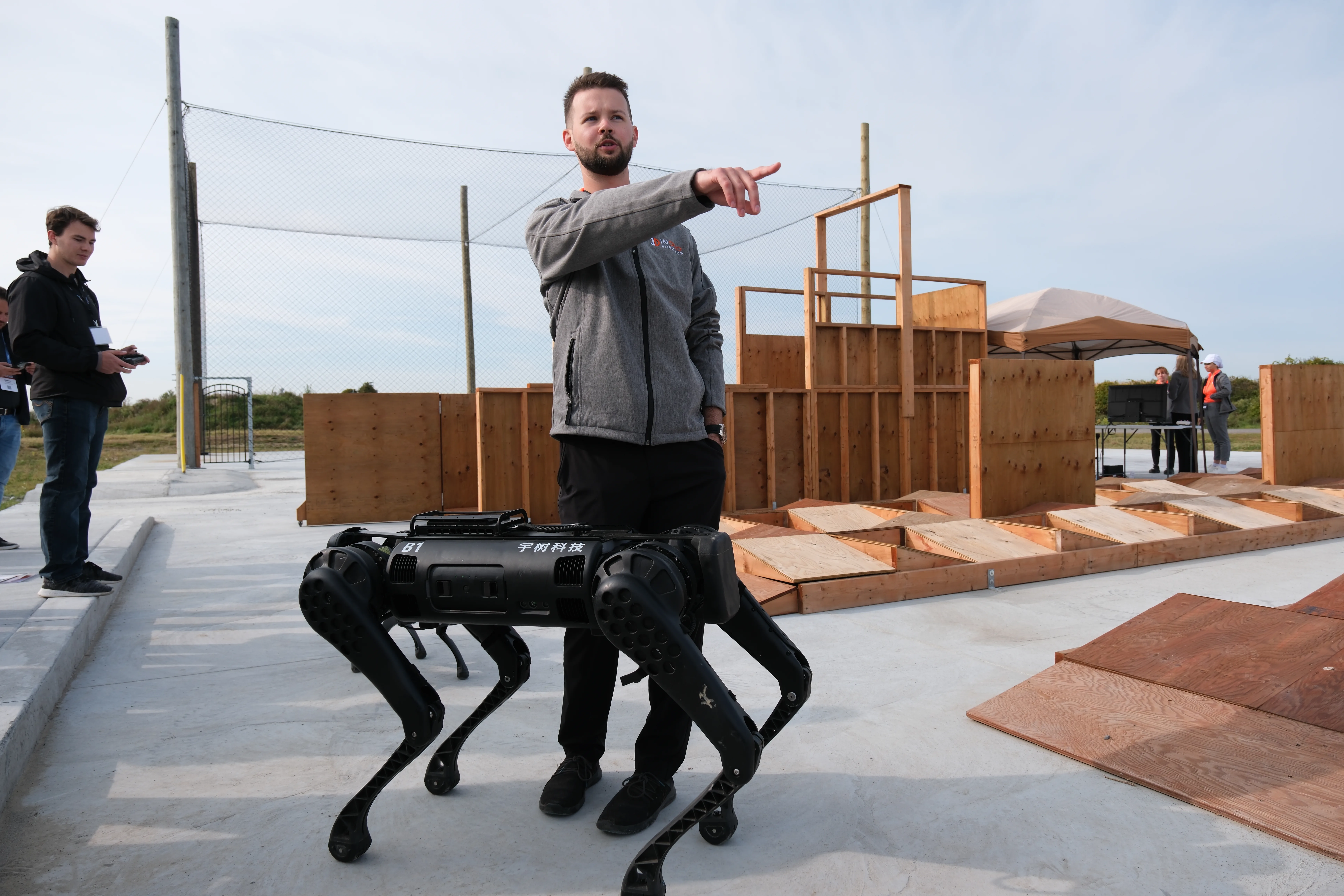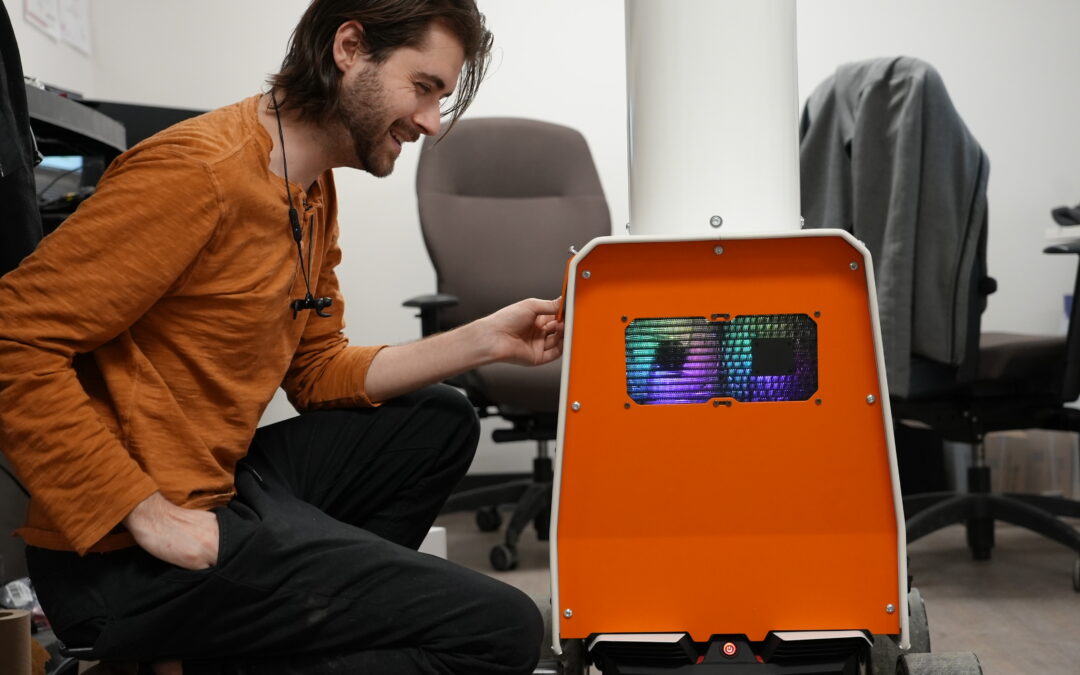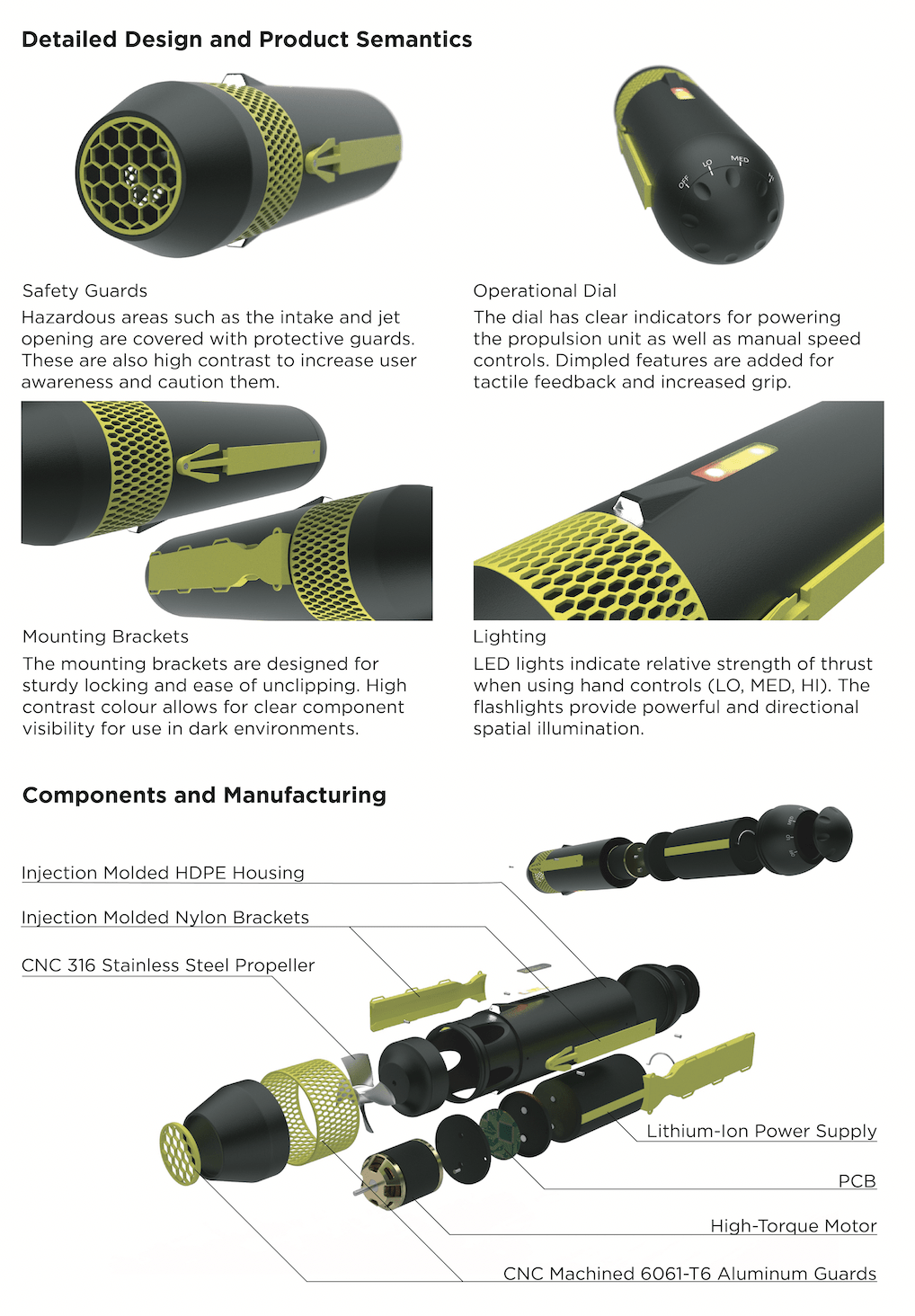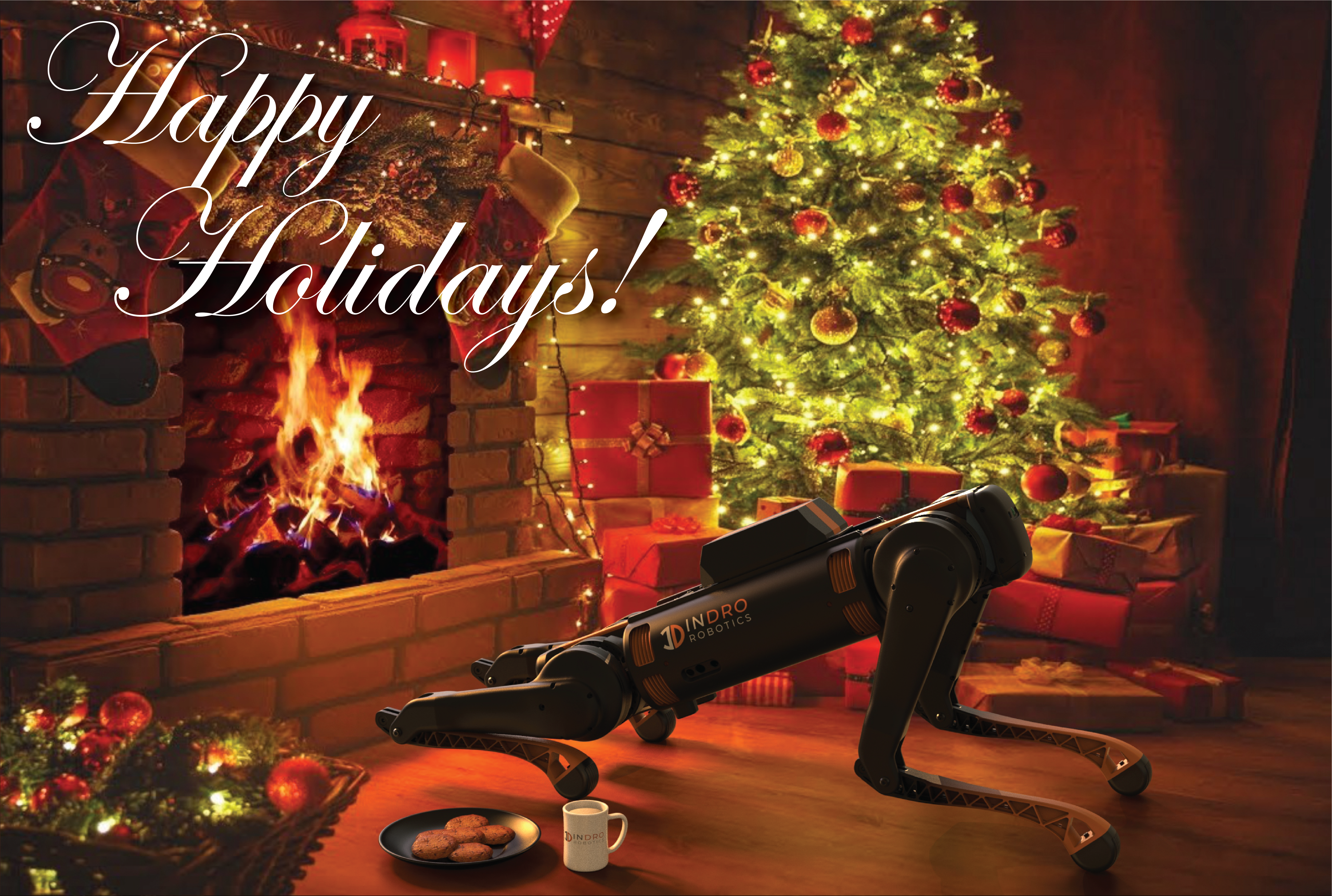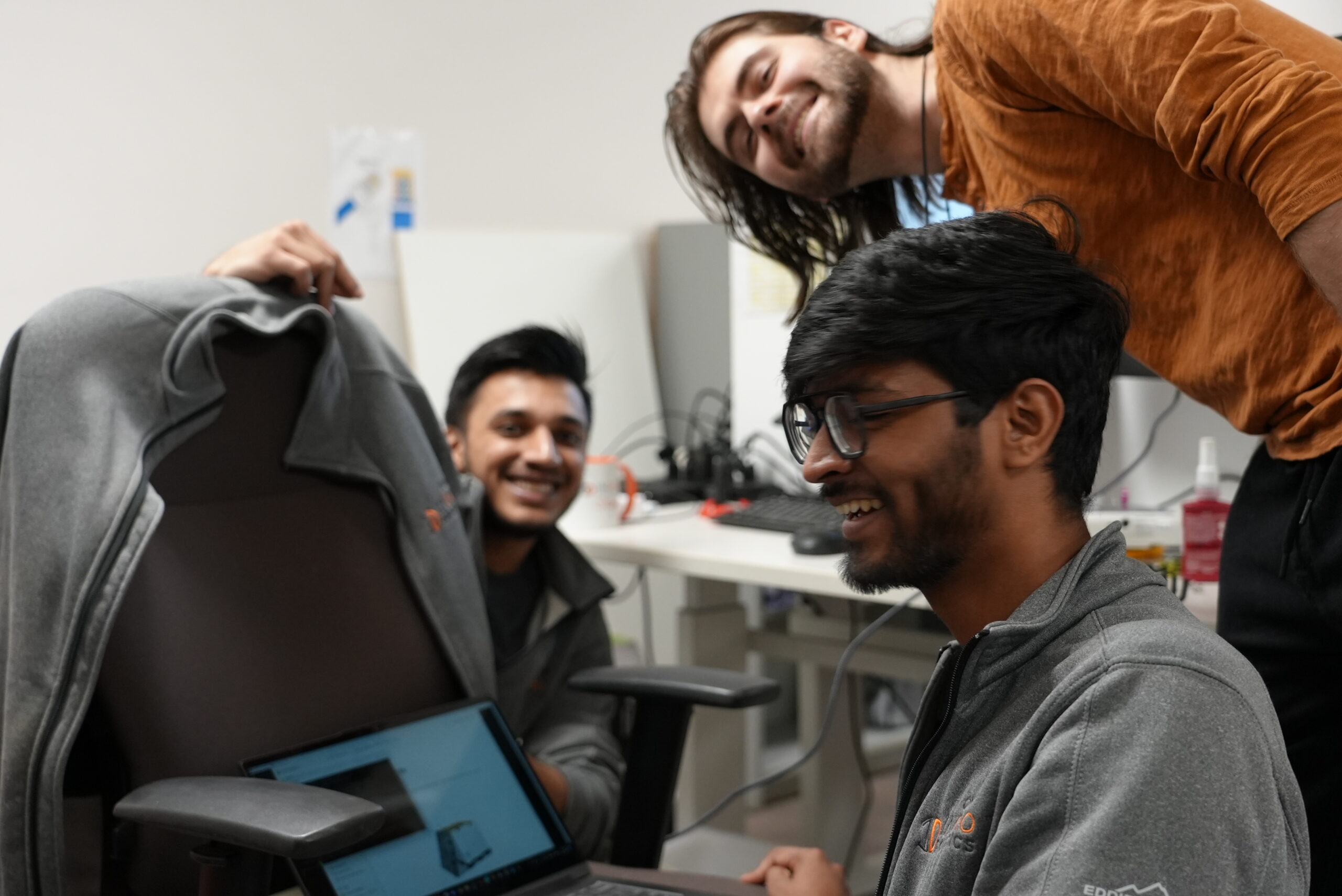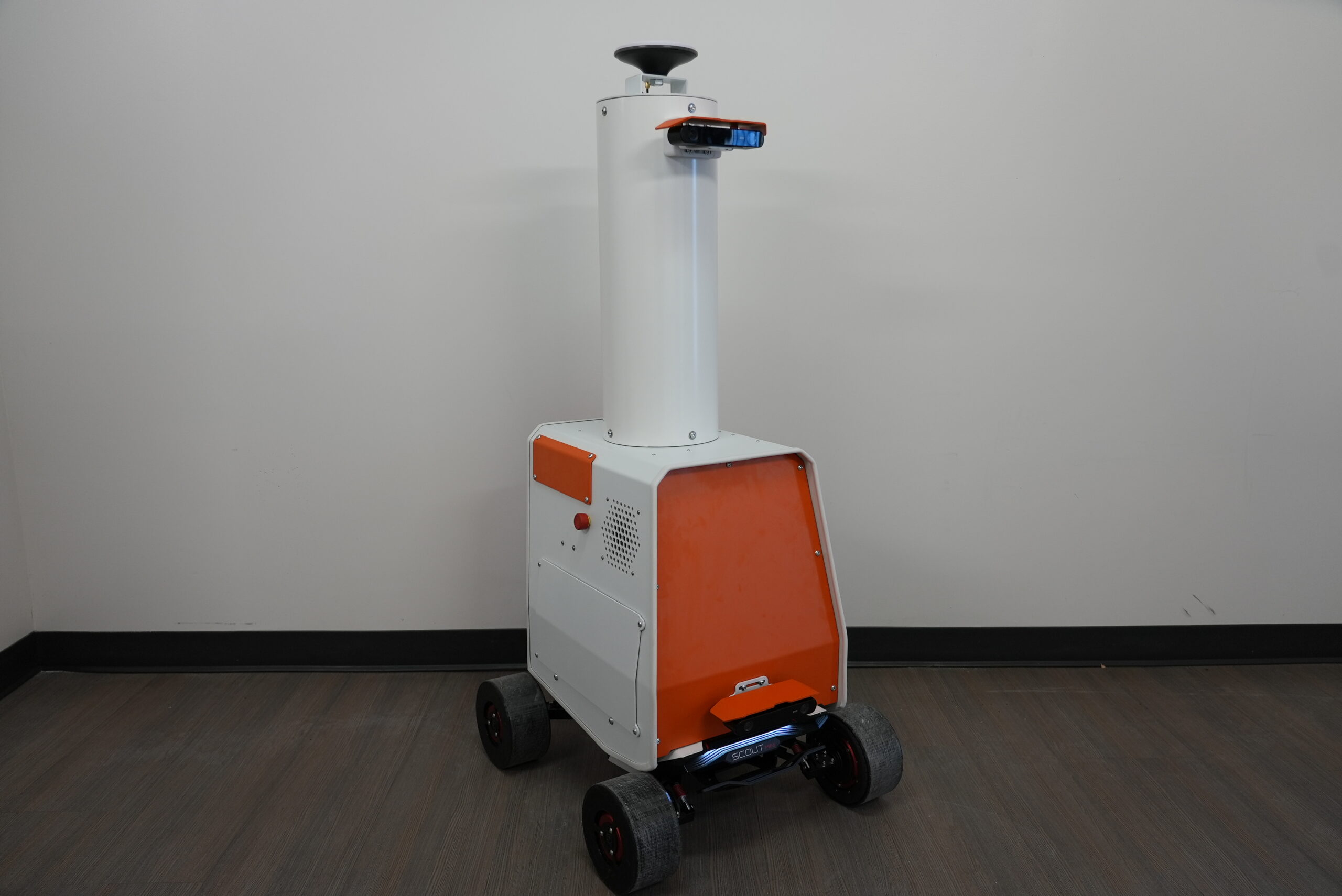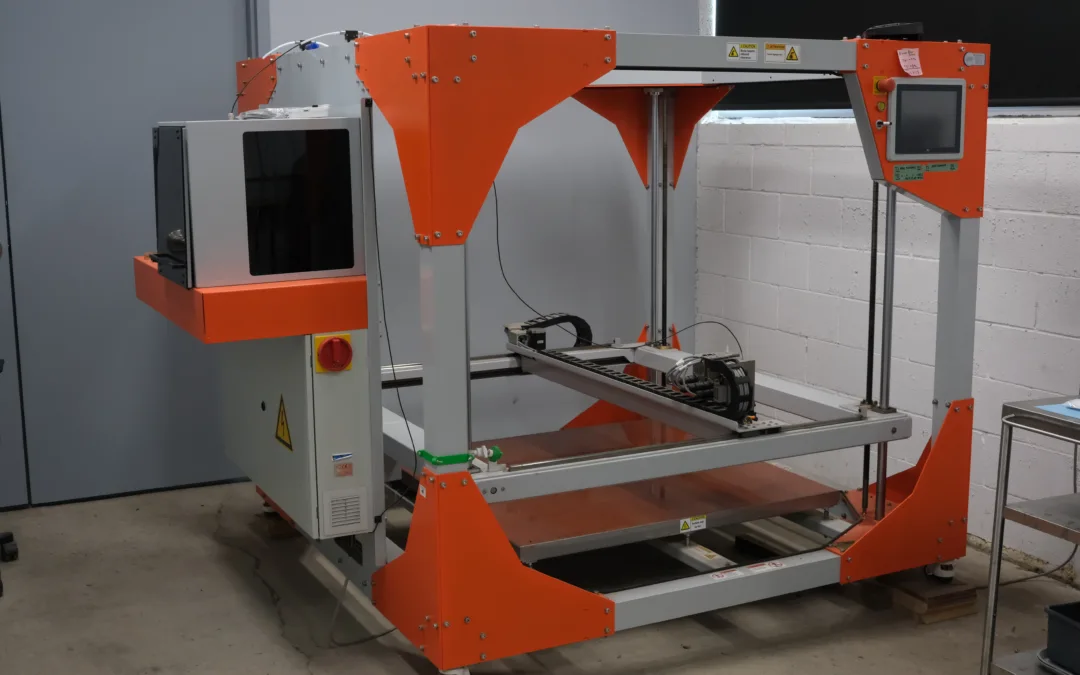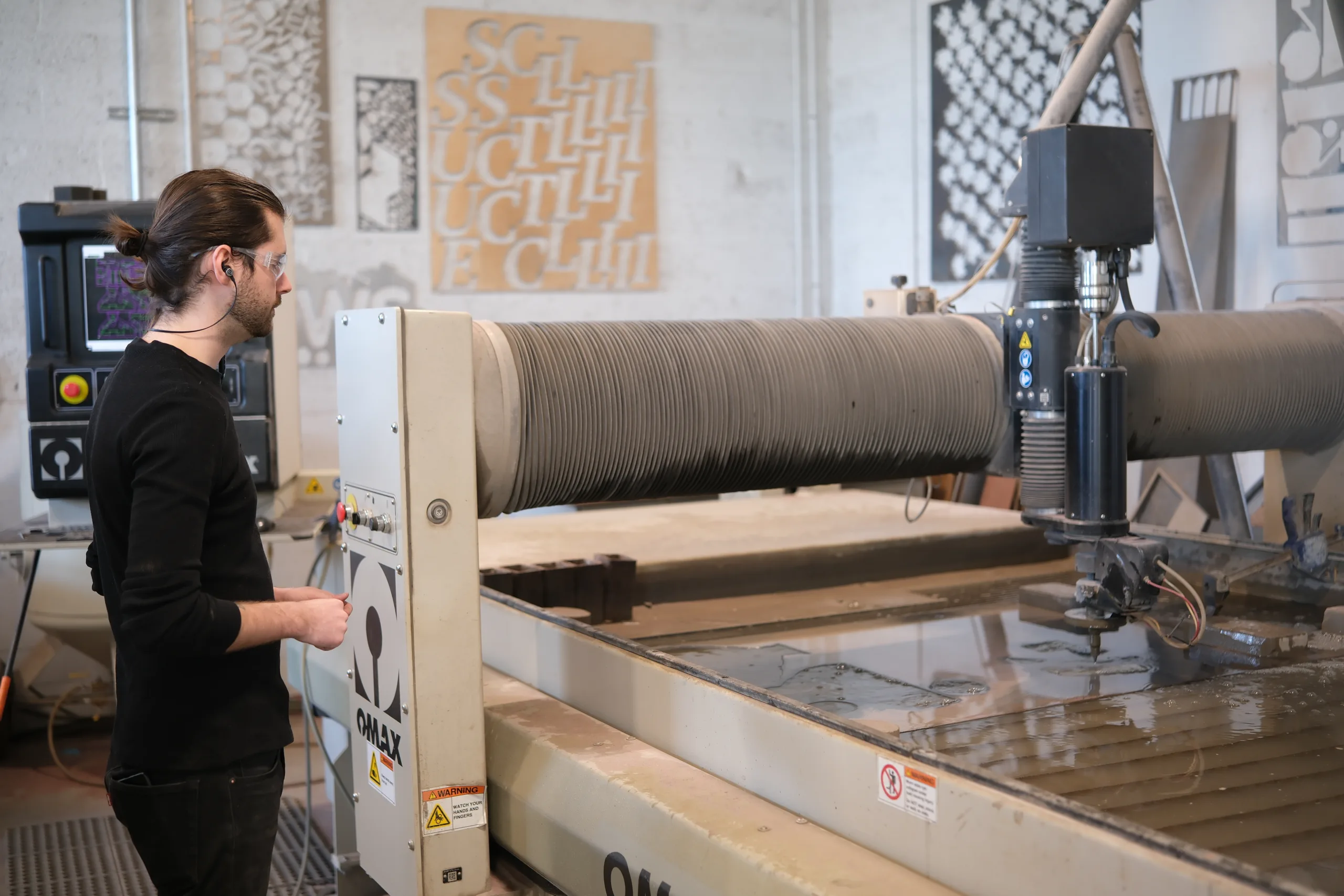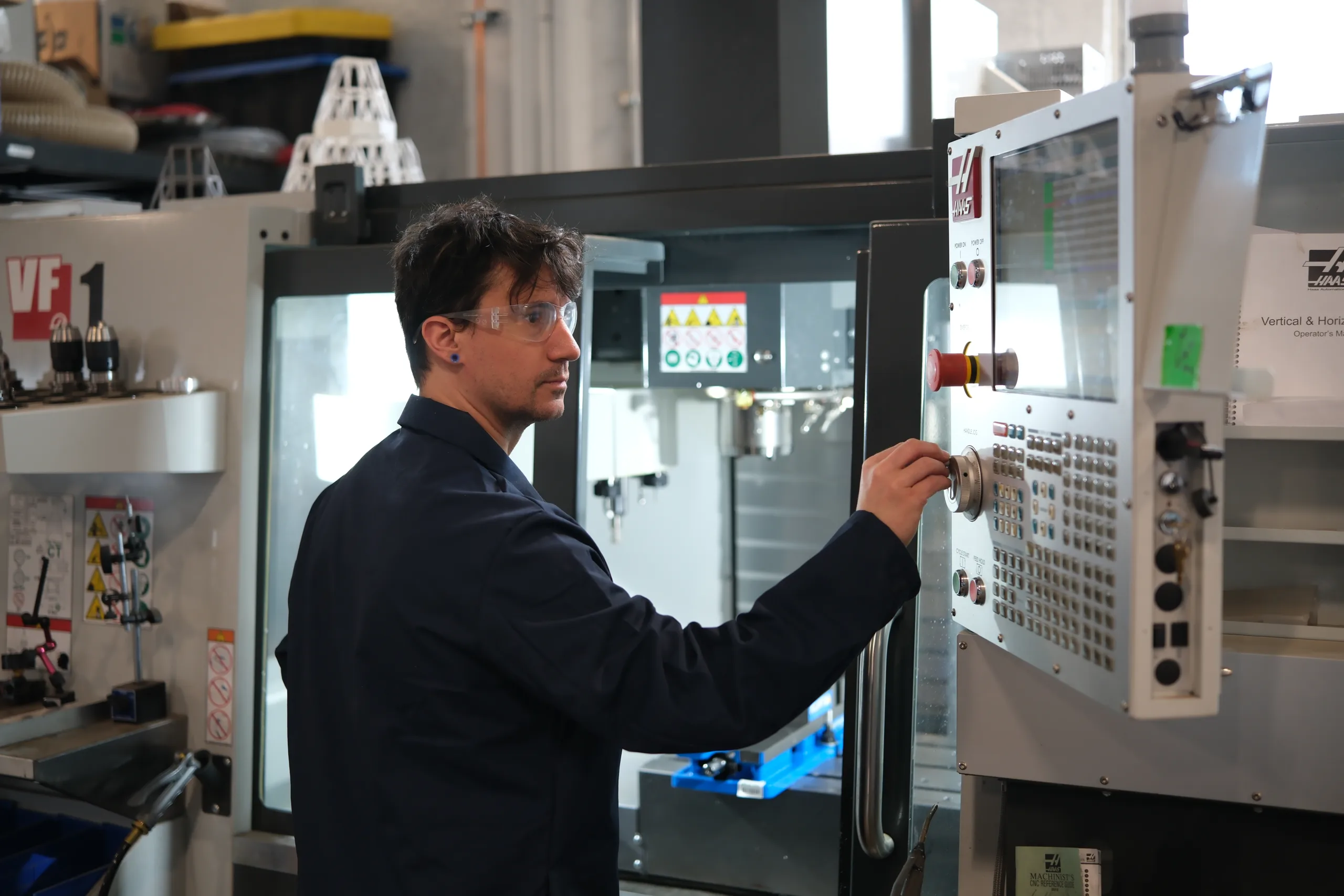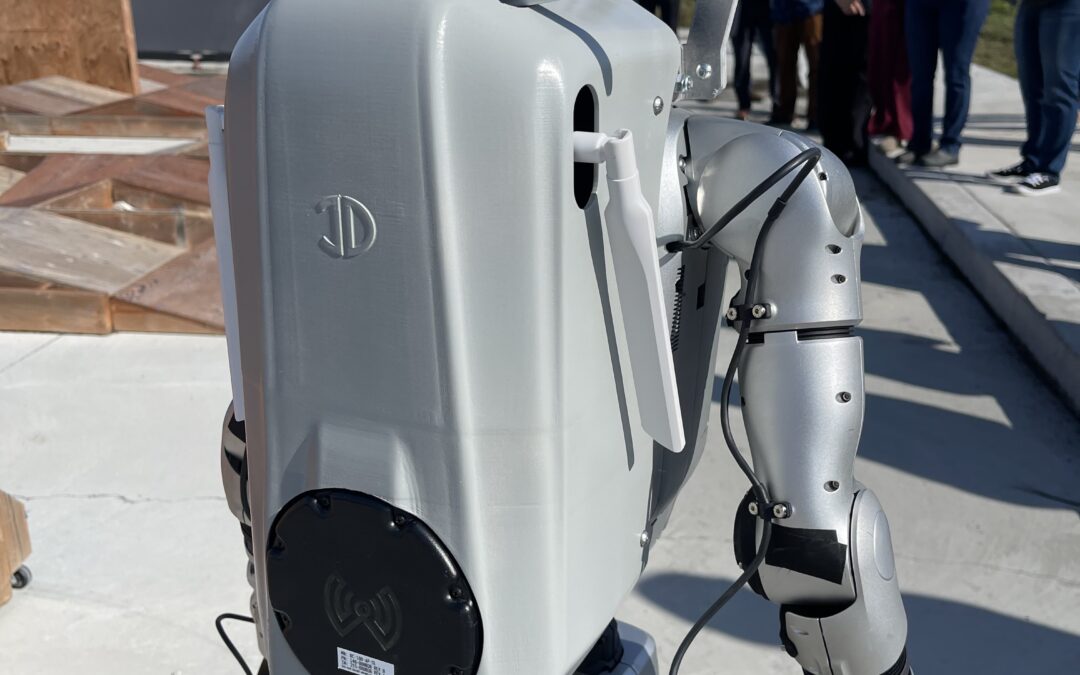
InDro Forge: Building custom robots – including for hazardous environments
By Scott Simmie
You’ve likely heard of InDro Forge by now. It’s our custom fabrication, prototyping and limited production-run facility based in Ottawa.
InDro began operations there in September of 2023, taking over from what had been the Bayview Yards Prototyping Lab. Since then, we have continued to scale and expand capabilities – including the complexity of the custom robots and drones we manufacture for clients (and for InDro itself).
It has transitioned from focussing on one-off prototypes to basically becoming a growing robotics factory – and is now a very busy place. That’s why we thought it would be a good time to check in with Hardware Engineering Manager Joel Koscielski.
“We’ve hired additional staff to enhance our ability to design, integrate and test even highly complex custom builds,” he says. “In addition to our broad set of fabrication tools, we have industrial designers who make sure our robots look fantastic. We have software specialists who ensure our products are very user-friendly, and electronics engineers that are able to push our custom PCBs (printed circuit boards) into the next level of technology and capability.”
Above: A humanoid modified with the InDro Backpack, enabling remote tele-operations, autonomous missions, additional sensor integration, wireless charging – and more. Below: Our popular InDro Commander, a ROS2 brainbox that enables easy sensor integration, autonomy and SLAM, remote tele-operations – you name it.

INDRO PRIORITIES
There’s obviously regular communication about projects across the entire InDro team. One of our regular all-hands meetings is called InDro Priorities, where we review progress and timelines on all builds underway. Sometimes a project is a one-off custom robot or drone for a client – but it’s frequently multiple robots being assembled for industrial or academic clients in Canada, the US – and far beyond. That project list has grown steadily since InDro Forge began, and now includes many projects. So it’s a busy place – and the scaling continues.
Plus, of course, Forge works closely with the entire InDro Robotics engineering team – offering a vast array of expertise for any desired solution.
A key ingredient to the overall process is Head of R&D Sales Luke Corbeth. Though not an engineer, Luke is incredibly knowledgeable – and exceedingly thorough in ensuring he has a complete understanding of client requirements in terms of use-case, sensors, compute, autonomy – the list goes on. So InDro Forge (in conjunction with InDro Robotics), spends a lot of time before even the preliminary design process to ensure that what is ultimately produced will satisfy or exceed customer expectations.
“I have to give a big shout-out to Luke Corbeth,” says Koscielski. “He does a lot of work with our clients to make sure he understands their needs…so that when the product is delivered, it’s everything they need it to be.”
QUADRUPEDS, HUMANOIDS AND THE THREE “D”s
One of the shifts that’s occurred since InDro Forge was developed is the increasing demand for quadrupeds and humanoids. Quadrupeds are extremely agile and handle stairs, inclines and obstacles with ease. That makes them ideal for challenging and unpredictable environments. We’ve even integrated arms and manipulators on quadrupeds, enabling them to flick switches or pick up and transport objects.
And humanoids? InDro Forge can enable these (and anything else) with additional hardware and software for remote tele-operations, wireless charging, autonomy and SLAM – you name it. These machines are increasingly being integrated into factory settings to work alongside people.
“Humanoids are certainly the it technology right now in the robotic space,” says Koscielski. “With humanoids, it’s that push to really find a way to build robots that are able to easily or effectively integrate themselves into a world that was already designed for humans.” In other words, with the right enhancements from Forge a humanoid can start carrying out tasks alongside people – with no infrastructure changes required.
And remember that old maxim – that robots are perfect for jobs that are dirty, dull or dangerous? We’ve modified quadrupeds for inspections in nuclear facilities and other hazardous environments, with multiple other projects (under NDA) underway. But let’s say you need to go inside an unstable structure, or a mineshaft that hasn’t had a human inside in decades.
“We can de-risk the entire situation… knowing that if for some reason something bad happens, it’s just a robot down there. It can be rebuilt and replaced. The other part is when the issue is not necessarily structural, but environmental.”
Think, for example, of a facility where there’s radioactivity, asbestos, or some other hazard that could jeopardise the health of a human. Increasingly, our clients are dispatching robots into these situations, complete with custom-made protective suits for quick decontamination. In fact, one of our modified quadrupeds has been scanning legacy fuel rod storage bays, complete with a protective suit. You’ll find that story here.
Below: Our Cortex Lite brainbox – a device that vastly enhances robotic capabilities and flexibility – can be integrated onto any platform by the team at InDro Forge
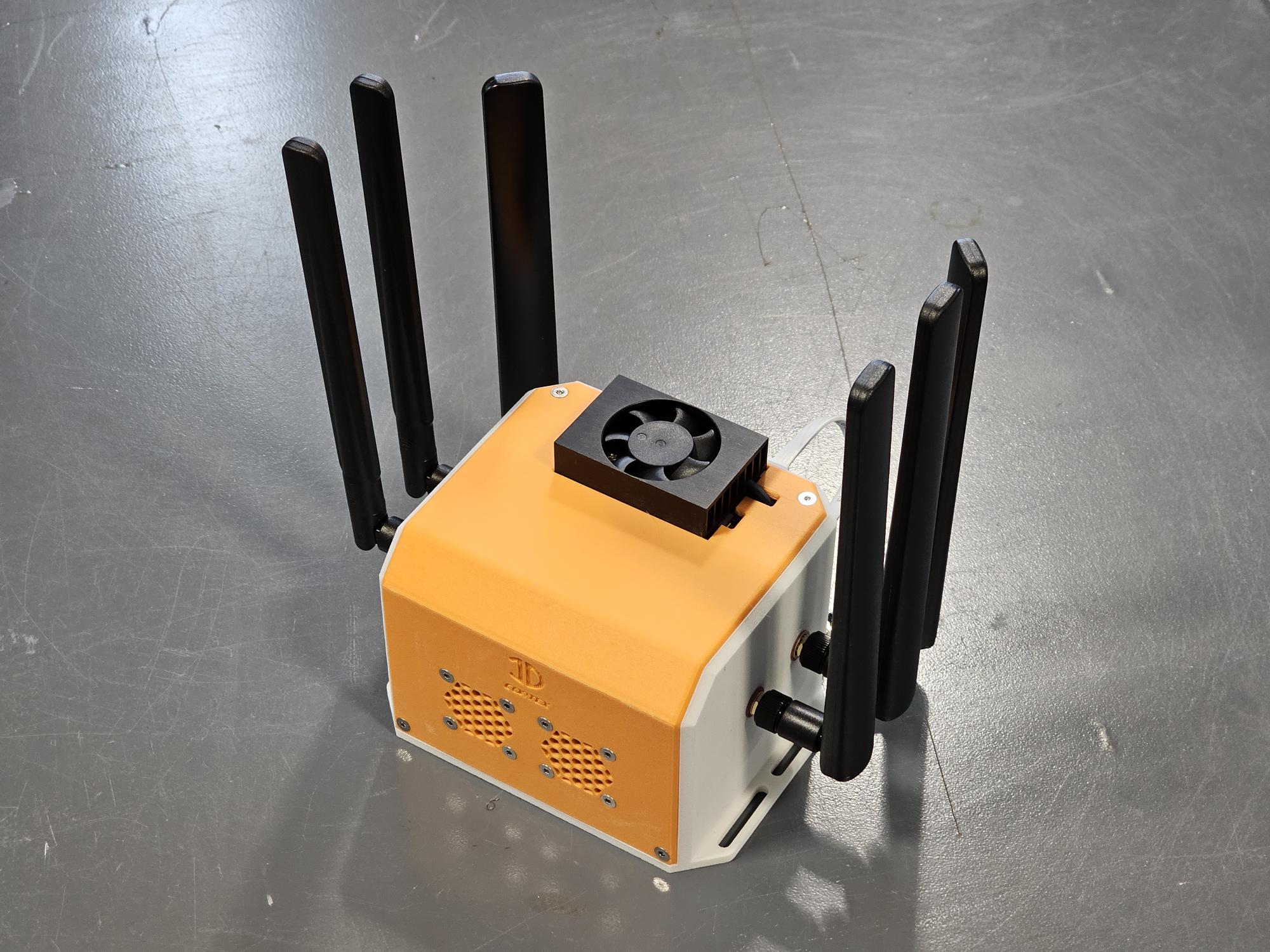

INDRO’S TAKE
We knew when we launched InDro Forge it would greatly enhance our ability to fulfil in-house, end-to-end production of custom products for our clients. Starting with a small but dedicated team, we had a vision for what it might become. And we have been executing on that vision ever since.
“InDro Forge is absolutely integral to our operations and capacity,” says InDro Robotics Founder and CEO Philip Reece. “What’s more, the continued expansion and capabilities will be critical to our future. The synergy between the Forge and Area X.O teams is exceptional, and we look forward to continuing to innovate, build and scale.”
Some of the projects underway are so specialised they have never been attempted before, and we look forward to releasing details when we can.
If you’ve got a concept for a highly specialised robot – or even something more basic – InDro Forge can turn that vision into reality. Luke Corbeth is always up for a no-pressure chat.

